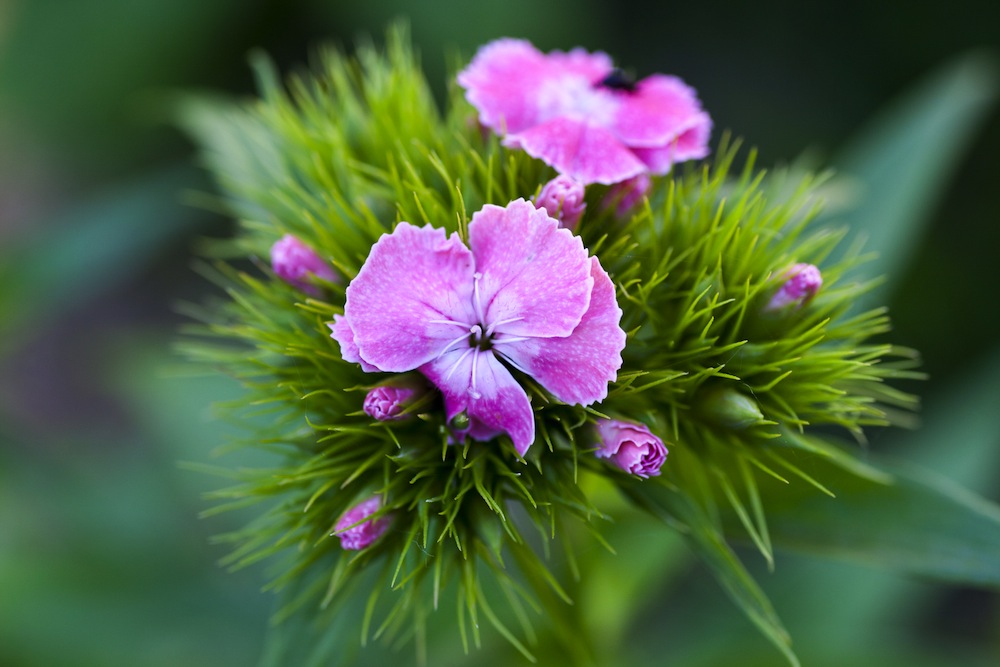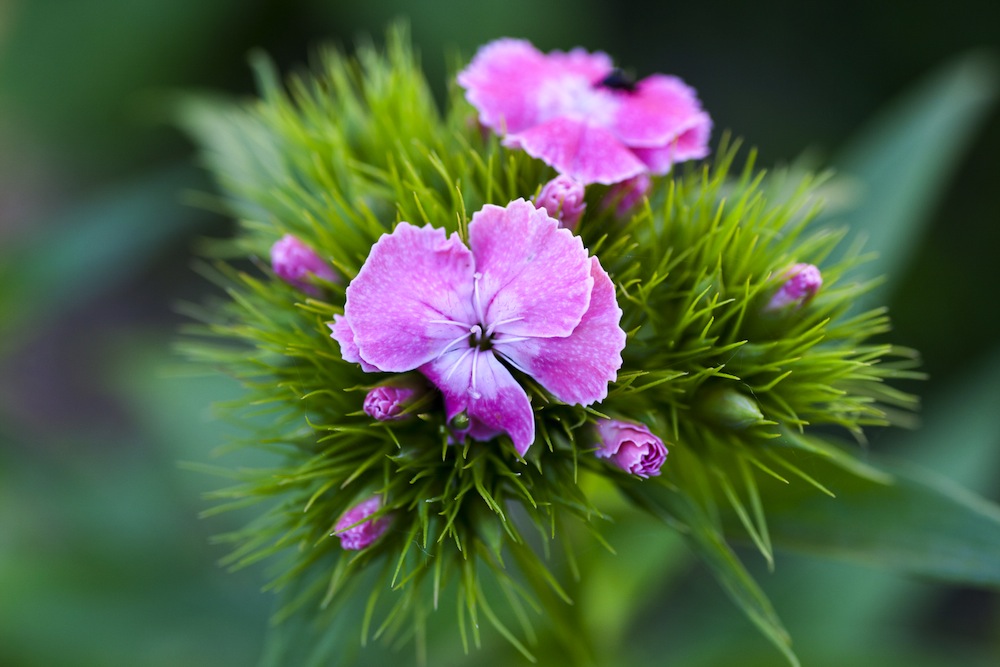The late show – Make the most of any end-of- summer sunshine by getting out into the garden.
As you empty your baskets of their summer colour, why not look ahead and replant for the winters months?
Writing this on a dull and damp July morning, it’s easy to wonder if we’re ever going to get some of the hot sunny summer days we’ve enjoyed in the past. The one advantage of damp weather of course is that it reduces the amount of hand watering needed in the garden… so every cloud has a silver lining!
The range of perennial plants available from garden centres for late summer/early autumn flowering is increasing year on year. Heuchera have lovely coloured foliage all year round from lime green, to copper and bronze and dazzling purple shades, many with prominent leaf veins which make a lovely contrast. They’re easy to grow – ideal in sun or semi-shade and not damaged by slugs and snails. Another pretty late summer/early autumn flowering herbaceous are anemones – they have white or pink flowers with a pretty yellow centre and are ideal for the back of a border. If you dead-headed delphiniums and lupins when they finished flowering earlier on, you may get a second flush of flowers in September and October. Buying perennials from spring through to autumn will give colour for many months of the year.
Veg out
In the veggie patch, harvest onions and potatoes now – lift up onions and allow to dry out where they’ve been growing if the weather is fine, before storing. Potatoes should be stored in a cool but frost-free environment; you can find hessian sacks for this purpose at garden centres. Carrots and parsnips can be left in the ground until you’re ready to dig them up and eat them. Continue to pick runner beans and courgettes on a regular basis so they don’t become stringy and tough. Any green waste can be put onto the compost heap – a compost activator such as Scotts and Vitax will speed up the composting process. It usually takes 12 months to rot down green waste into a usable compost – you can add garden trimmings and even weeds, but don’t add grass mowings that have recently been treated with weedkiller.
Summer baskets and tubs should still be in their prime through September and possibly into October if we don’t get any early frosts, but as the nights draw in and the weather gets cooler, they’ll begin to fade. Continue to dead-head and feed regularly to encourage a late show of colour.
As you empty your baskets of their summer colour, why not look ahead and replant for the winters months? There’s plenty to choose from – pansies, violas, polyanthus, heathers, ivies… and don’t forget to add a few spring flowering bulbs for early colour. You can also add small shrubs such as leucothoe, skimmias and grasses.
Colourful borders
Replant cleared borders with winter pansies, violas, sweet williams and wallflowers. Hopefully, field-grown wallflowers will be available from the end of September – they give excellent value for money, flowering in the spring with the bulbs. Spring flowering bulbs should be available over the August Bank Holiday; most bulbs should be planted as soon as you get them, but tulips can be planted later – through into November if the weather is mild. When planting in tubs, put several layers of bulbs in first starting with daffodils then the smaller bulbs and finally plant pansies, violas or wallflowers last. You’ll get a longer flowering period and your pots will look full and vibrant.
Pick early apples and pears as they become ripe. Eat earlier varieties straight away, storing later ripening fruit for later use. Cover autumn fruiting raspberries against birds. The old fruiting canes can be pruned out during the winter months as the autumn varieties fruit on new season’s growth each year.
Dead-head roses, trimming back very long growths. Remove any foliage with rust or blackspot, making sure you dispose of it rather than putting on the compost heap. Remember to clean up any debris under rose bushes as blackspot will overwinter ready to re-infect bushes next year. Once all the foliage has dropped, they can be sprayed with winter wash to clean up any lingering bugs or disease left on the plants.
Ready for winter
Clean out greenhouses before putting in overwintering plants and insulate with bubble wrap. Check heaters ready for the first frosts. As you bring in plants to over winter, watch out for vine weevil larvae, especially on fuchsias. If you see signs of them, drench the compost with one of the chemicals available for their control. Once you’ve finished with the hosepipe for autumn, drain it down and store away. Make sure you’ve got an insulated tap cover ready for outside taps once the frosts start.
Buy prepared hyacinth bulbs for Christmas flowering and plant them in bowls with bulb compost by mid-September. Bulb fibre contains charcoal which helps to keep the compost ‘sweet’ whilst the bulbs are in the dark. Give them a drink and pop them into a cool, dark place, bringing gradually into the light and warmth once the shoots are around 3cm high.
Overwintering onions, shallots and broad beans will soon be in stock; plant them as soon as you can and you’ll get an early maturing crop next year.







